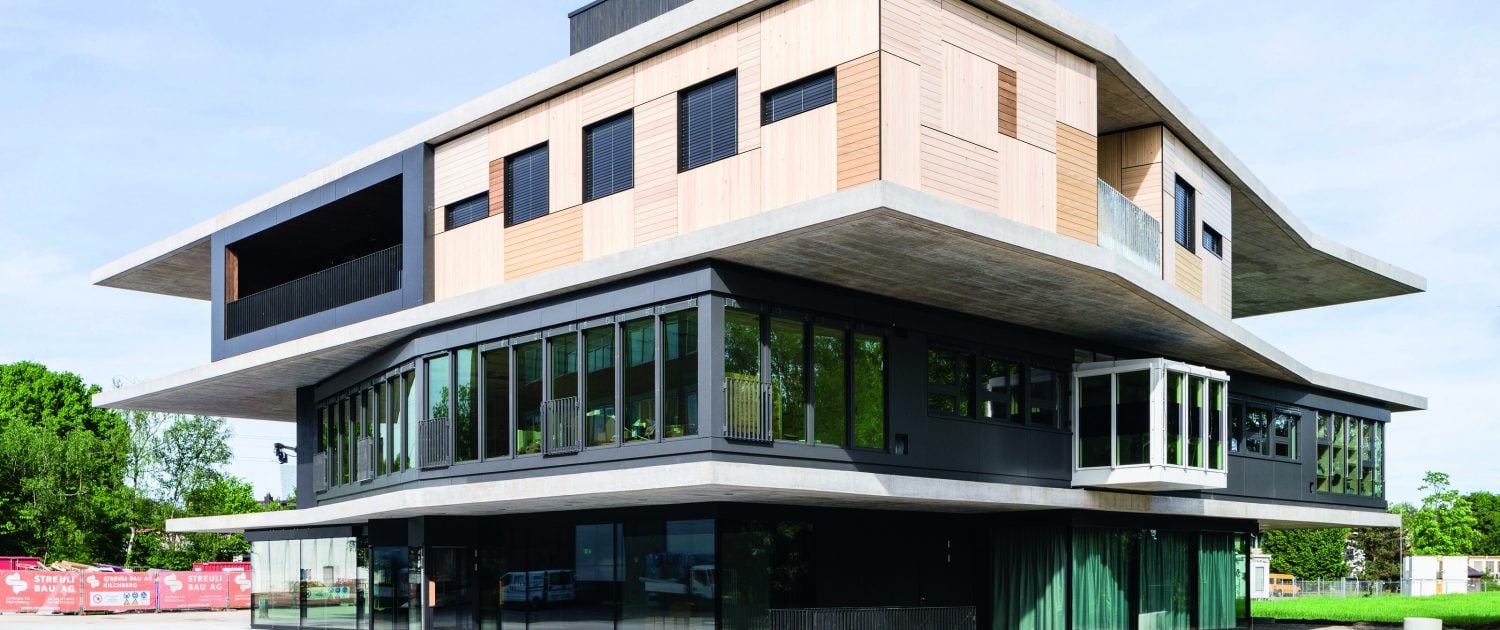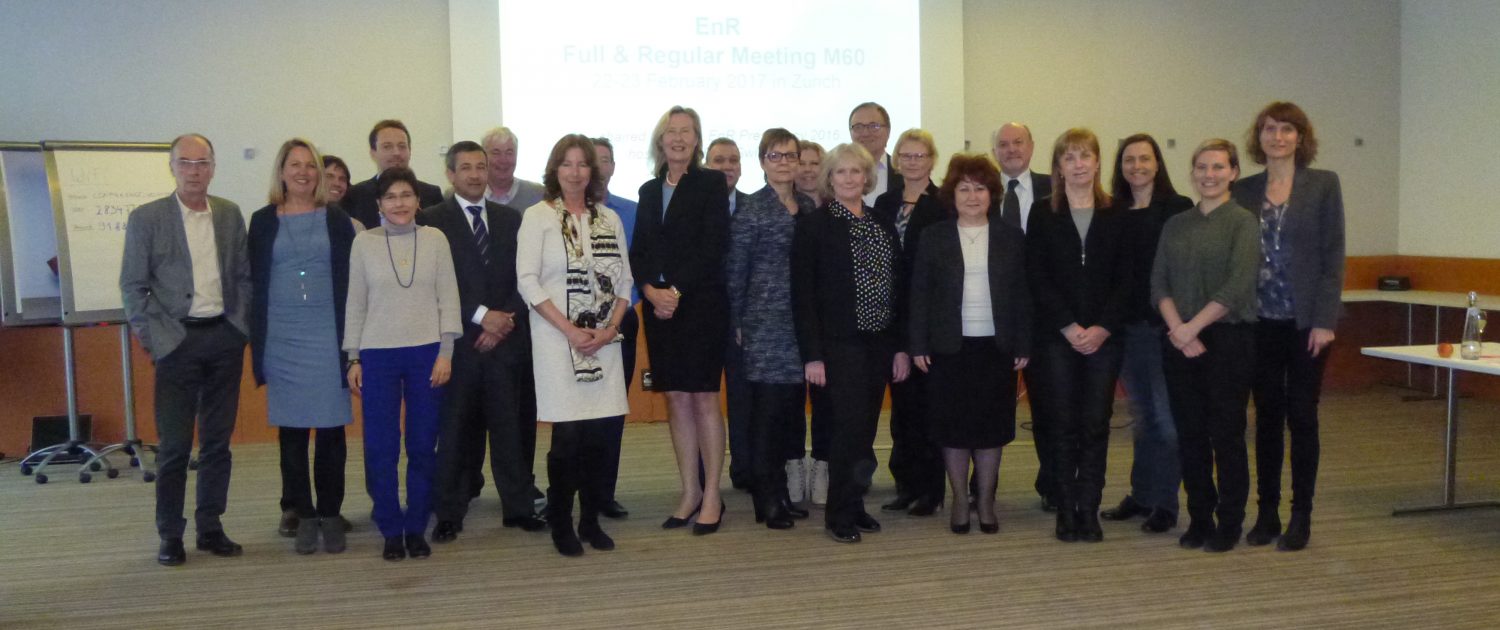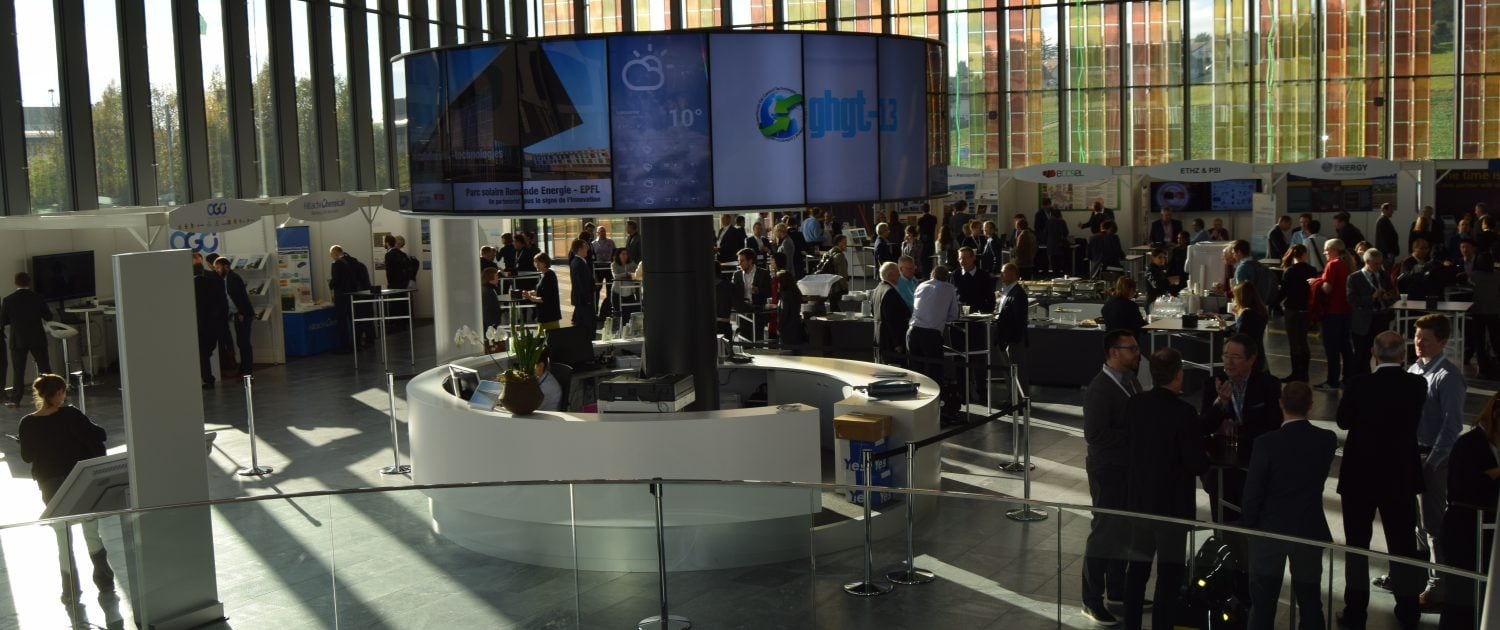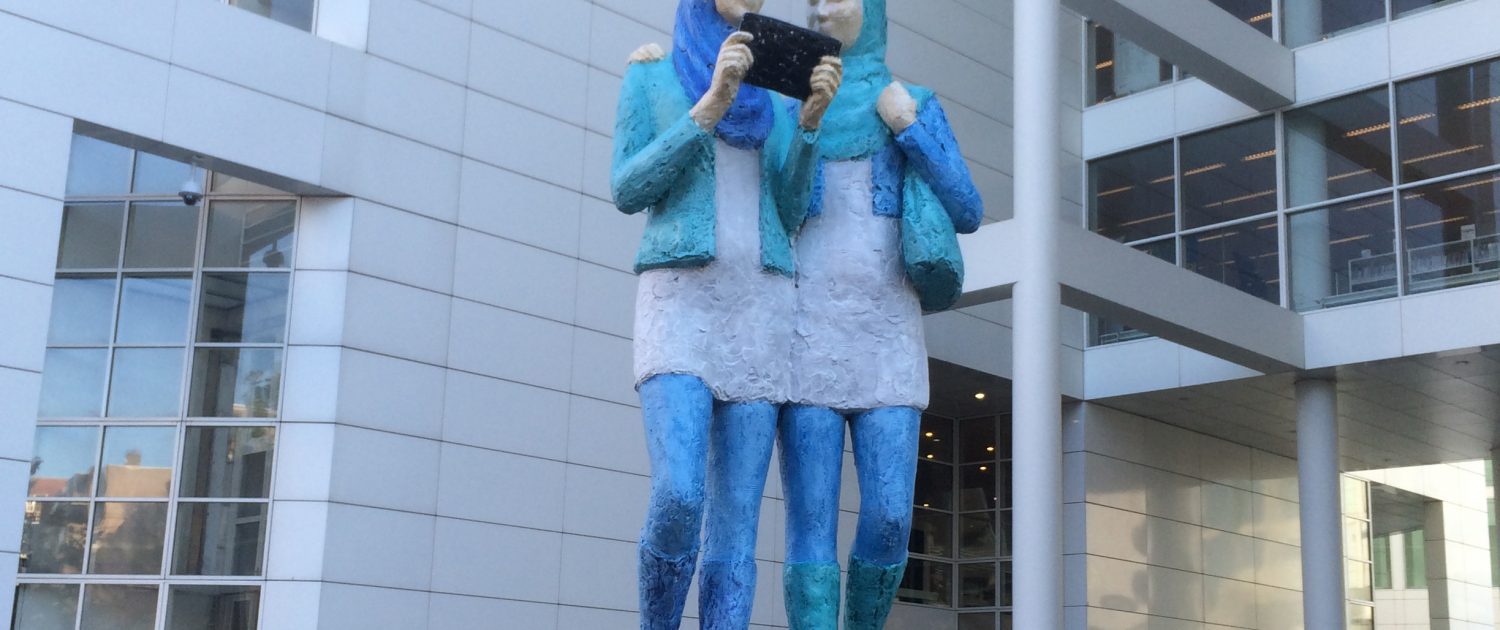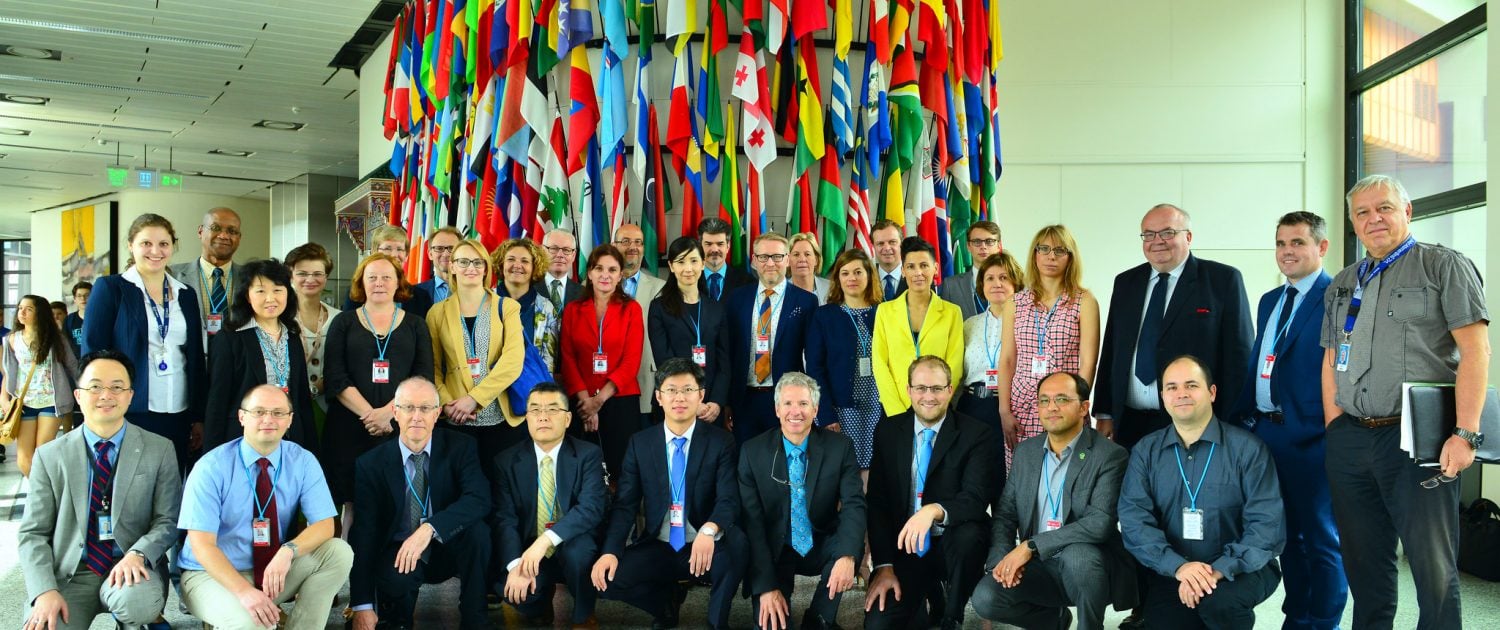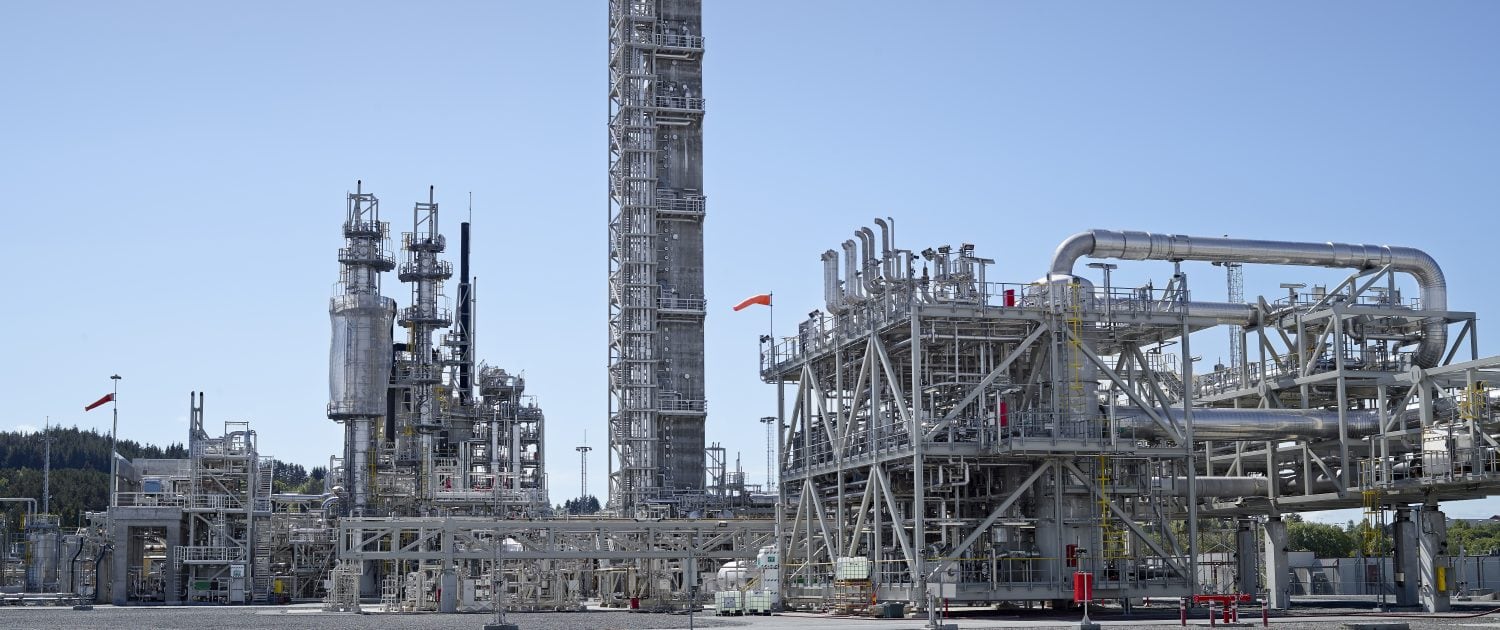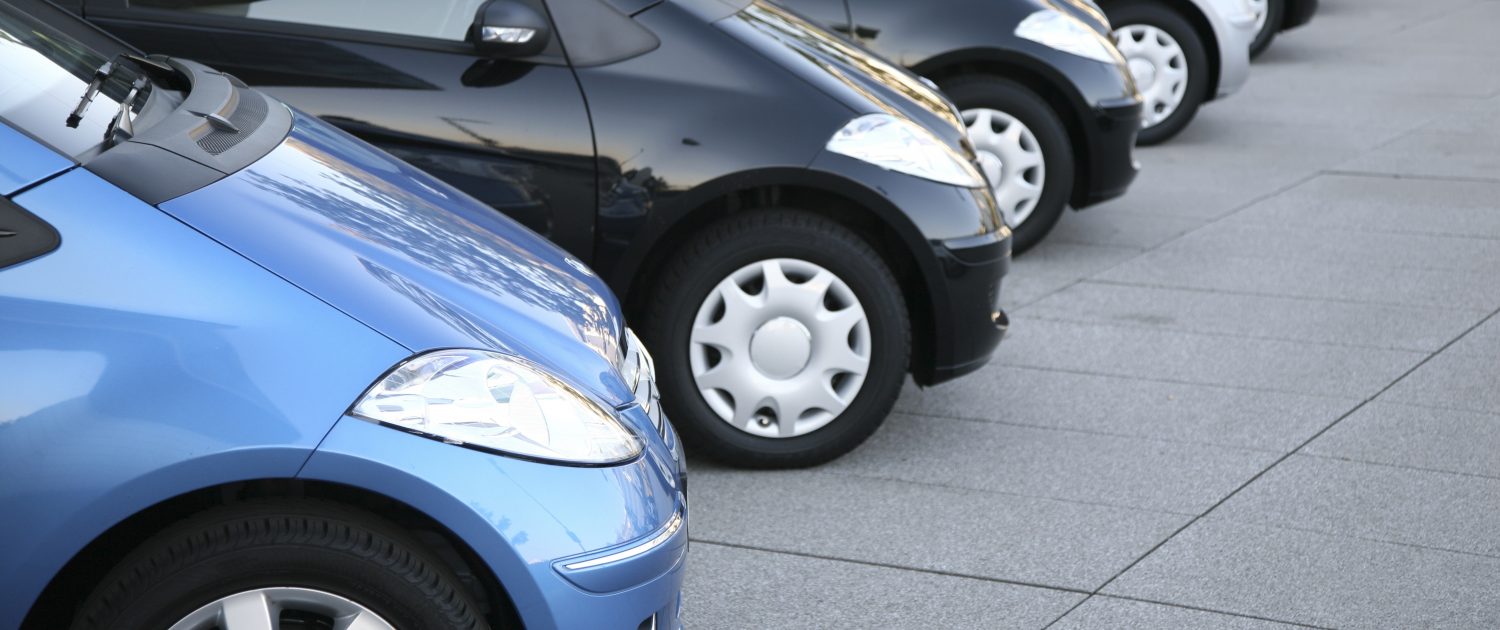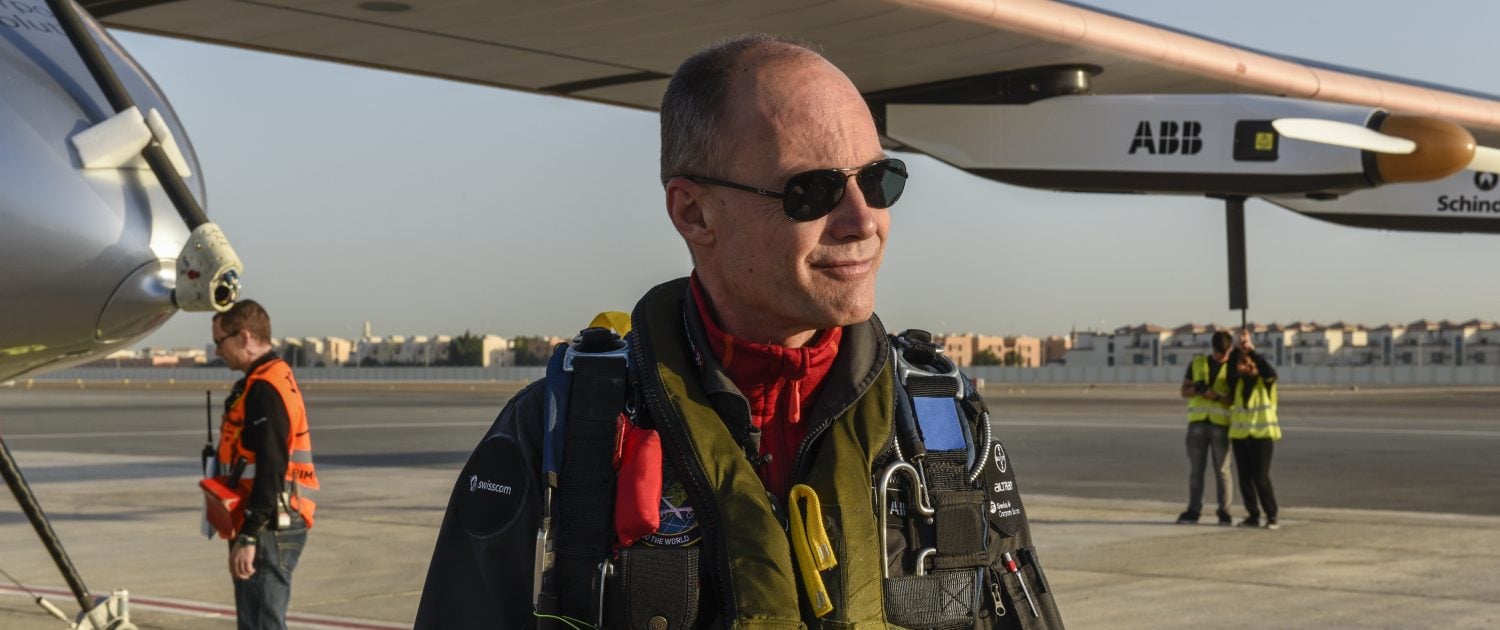Laboratories are not usually inviting spaces that encourage you to stay around. But things are different at the site of Empa, the Swiss Federal Laboratories for Materials Science and Technology in Dübendorf (canton of Zurich). A building laboratory has been built here in which guests can even come to stay, thereby becoming an integral part of the research Projects. Weiterlesen
European Energy Network: Towards an integrated energy approach?
The European Energy Network (or: EnR) held its annual meeting in Zurich on 22 and 23 February. The EnR is a voluntary network currently consisting of 24 European energy agencies, and SwissEnergy part of the Swiss Federal Office of Energy (SFOE). This year, the EnR discussed putting greater emphasis on an ‘integrated energy approach’. Different energy sources, as well as different producers and consumers of electricity, are becoming increasingly interconnected. Weiterlesen
André Borschberg was Bertrand Piccard’s co-pilot on Solar Impulse, the first fixed-wing aircraft to fly day and night powered only by solar energy. He and Piccard designed and built the Solar Impulse, aided by a team of engineers and technicians. In July 2016, they completed their flight around the world and showed the potential that solar energy has in the world of aviation. We talked to him about his achievements, ambitions and projects for the future.
That’s the upshot of the world’s premier conference on Carbon Capture and Storage GHGT-13 held at EPFL’s Swiss Tech Convention Center in Lausanne from 14 to 18 Nov 2016. GHGT is the IEA Greenhouse Gas R&D program’s biannual conference on Greenhouse Gas Control Technologies. Weiterlesen
Science has become a lot bigger and faster. Now we have to make it better! We want science to be creative, solid, open, helpful for society and a good career opportunity for the talented youth. Let’s start to change what it means to be a scientist and the way and the framework in which science is conducted. It is us scientists who need to change science.
The Global Initiative to Combat Nuclear Terrorism (GICNT) is a voluntary partnership of 86 nations and five official observers (International Atomic Energy Agency, European Union, INTERPOL, the United Nations Interregional Crime and Justice Institute, and the United Nations Office on Drugs and Crime). It is co-chaired by the United States of America and Russia. Its mission is to strengthen global capacity to prevent, detect, and respond to nuclear or radiological terrorism. GICNT work has raised awareness of the ever-changing threat of terrorist use of nuclear and radioactive materials, and it has provided opportunities for countries to share information, expertise, and best practices in a voluntary, non-binding framework. Weiterlesen
Imagine your task is to devise a site selection process for a radioactive waste disposal site: Where would you begin? What do you need to consider? How do you involve stakeholders? Which challenges will you face concerning their involvement? These questions were at the heart of a Technical Meeting on Stakeholder Communication in Radioactive Waste Disposal of the International Atomic Energy Agency IAEA, held from June 13th to June 17th 2016 in Vienna. Weiterlesen
After the COP21 Paris Agreement, we wonder how to translate a maximum rise of global average temperatures to 2 °C let alone limiting the increase to 1.5 °C above pre-industrial levels. The energy sector (even major oil and gas companies) is gearing up to the challenge. A must-have mitigation technology is CCS, which prevents the release of large amounts of CO2 into the atmosphere. The technology captures CO2 produced by industrial plants, compresses it for transportation and then injects it deep into a rock formation at carefully selected and safe sites for quasi-permanent storage. Weiterlesen
What happened after the Watt d’Or: Flying with Solar Impulse
Kontakt
Bundesamt für Energie
Pulverstrasse 13
3063 Ittigen
Postadresse:
Bundesamt für Energie
3003 Bern
Telefonnummern:
Hauszentrale +41 58 462 56 11
Pressestelle +41 58 460 81 52
